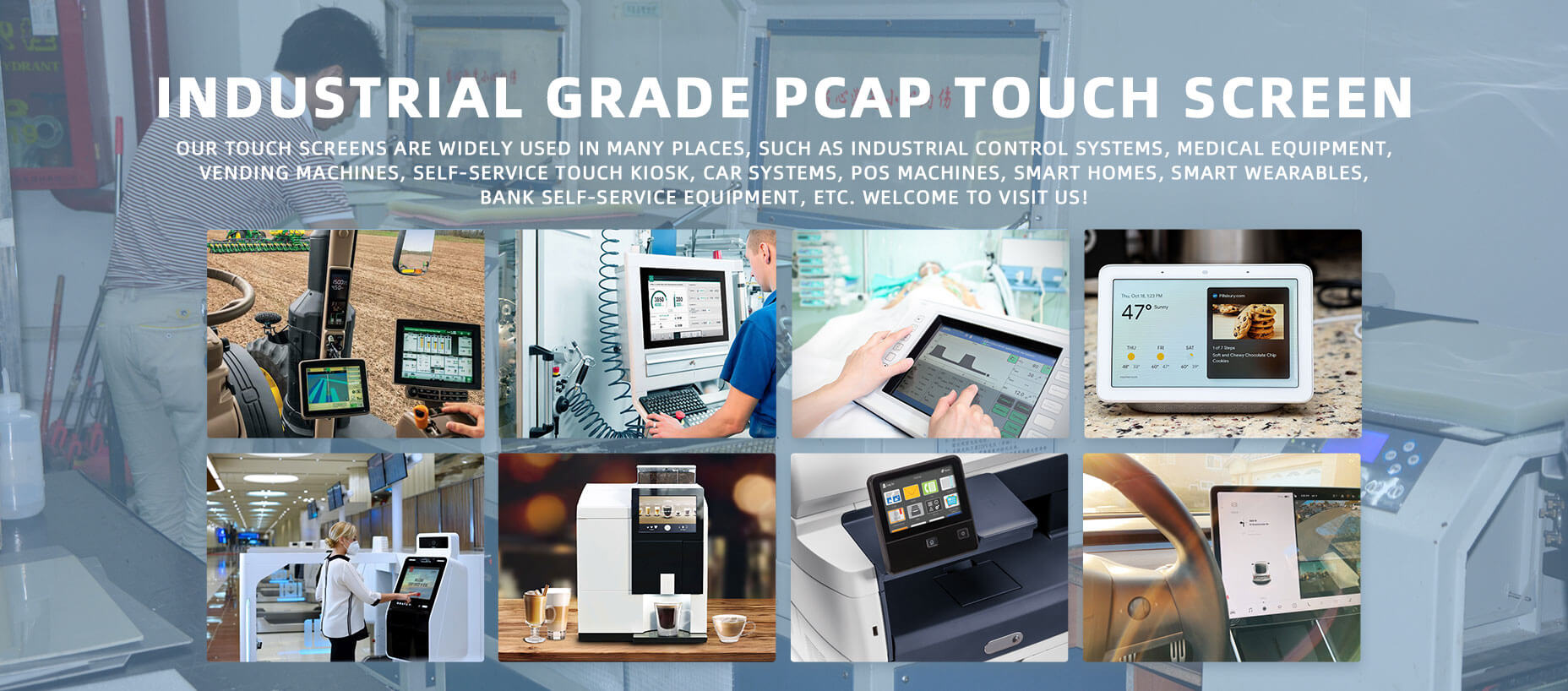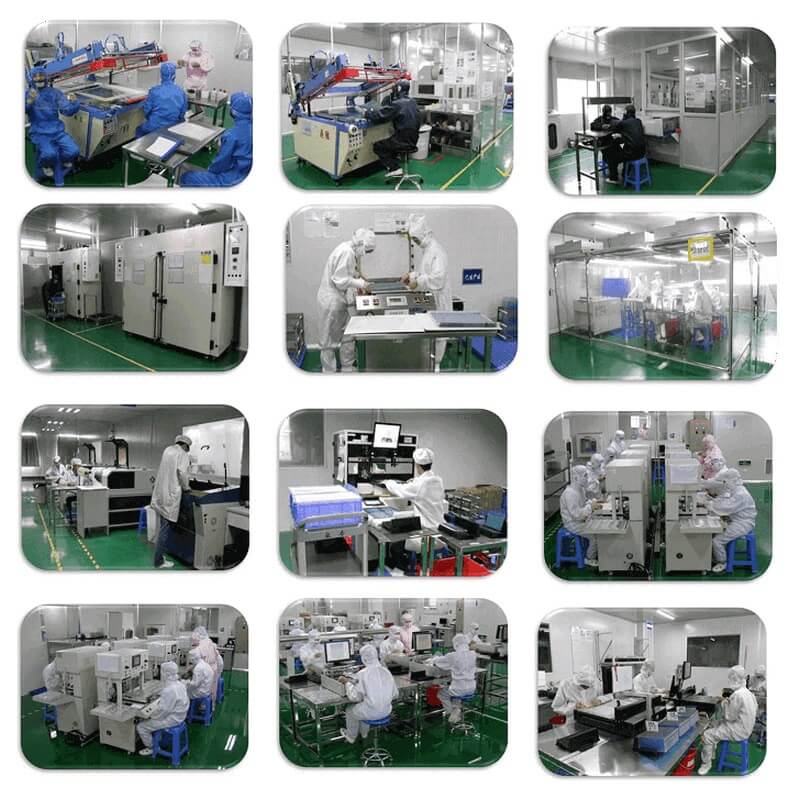News
Capacitive touch screen and resistive touch screen
capacitive touch screen and resistive touch screen
Capacitive touch screens and resistive touch screens are two common touch screen technologies. They have different advantages in principles, working methods and application scenarios.Capacitive touch screen:
Principle: Capacitive touch screens work based on the capacitive principle. The surface of the screen is covered with a layer of conductive material. When the user's finger or stylus touches the screen, a change in charge is generated, which is detected by the sensor and determines the touch location.Multi-touch: Capacitive touch screens usually support multi-touch, allowing users to use multiple fingers for operations such as zooming in, zooming out, rotating and other gestures.
Transparency: Capacitive touch screens can be designed to be relatively transparent without affecting the display effect, and are suitable for high-definition screens.
Response speed: The response speed of the capacitive touch screen is faster and the touch operation is more sensitive.
Durability: Since there are no mechanical parts, capacitive touch screens generally have a longer lifespan.
Resistive touch screen:
Principle: Resistive touch screens are composed of two layers of conductive film, with the two layers on the screen separated by small insulating dots. When the user presses the screen with a finger or stylus, a resistance change is formed between the conductive layers, and the touch position is determined by measuring the resistance.Single-touch: Traditional resistive touch screens usually only support single-touch and cannot achieve multi-touch.
Transparency: The two-layer conductive film of the resistive touch screen will reduce the transparency of the screen, sometimes affecting the display effect.
Sensitivity: Relative to capacitive touch screens, resistive touch screens have lower sensitivity.
Scratch resistance: Because the outer layer is hard, resistive touch screens are relatively resistant to scratches.
The difference between capacitive screen and resistive screen, which one is better? The summary analysis is as follows.
1. Different working principles
The resistive screen consists of two layers of transparent ITO film and an acrylic cover. When a hand or pen is pressed onto the screen, the upper and lower ITOs can input and output different currents, so that the CPU can calculate the corresponding position.The capacitive screen is a coupling capacitor formed by the human body, the top of the screen and the surface of the screen, and is distributed at the four corners of the screen. When the user gives instructions, corresponding changes will occur.
2. Different accuracy and sensitivity
The accuracy of the resistive screen is higher than that of the capacitive screen. It only requires a small pixel pressure to locate and identify signals very accurately.Capacitive screens also have their advantages. They are superior to resistive screens in terms of sensitivity. We only need to touch the screen surface with our fingers to receive the signal in real time.
3. Different user experience
The user experience effect of capacitive screen has been improved to a new level and the effect is better than that of resistive screen.4. Each has its own advantages and disadvantages
Resistive screen: It realizes point positioning and requires pressure on the screen, so we need some external media, such as nails, metal and other hard objects. Since the surface layer of the screen is made of soft material, such operations will cause damage to the screen; however, it has the advantage that it is not afraid of falling and will not break.Capacitive screen: Its outer surface is made of high-strength conductive glass. This material is not easy to cause scratches and stains on the screen; however, it will more easily cause the screen to break.
5. How to choose
When choosing a resistive touch screen or a capacitive touch screen, we need to consider from multiple dimensions. The product's working principle is different, resulting in different input methods; product transmittance, product EMI resistance, product life, product design requirements, product cost control, product vision Factors such as whether the color affects the use of the product should be considered.
DINGTOUCH is a leading touch screen solution provider, providing customers around the world with a full range of touch screen solutions to meet the needs of different customers. We are at the forefront of the technological revolution, with touch screen technology increasingly integrated into mobile and consumer electronic devices, such as smartphones, tablets, industrial controls, medical equipment, car control centers, smart travel, etc. Our core technology is projected capacitive (PCAP) touch screen solutions, including glass-on-glass (G/G), glass-on-film (G/F) and glass-on dual-layer film (G/FF), by featuring feather-light The sensitivity of multi-touch gestures provides versatility and an unparalleled user experience, a key feature that end users increasingly require. We believe we are well-positioned to benefit from the growing demand for touch solutions in different end markets.
If you are not sure whether to choose capacitive touch screen or resistive touch screen for your project, please contact us and we believe we will give you a satisfactory answer.
PREVIOUS:Military touch screenNEXT:Military grade touch screen
CATEGORIES
CONTACT US
Contact: Dingtouch
Phone: +8615815536116
Tel: +8615815536116
Email: sales@szdingtouch.com
Add: Building A, Bailu Plaza, No. 48, Gonghe Industrial Road, Gongle Community, Xixiang Street, Baoan District, Shenzhen,China. 518126


 Dingtouch
Dingtouch